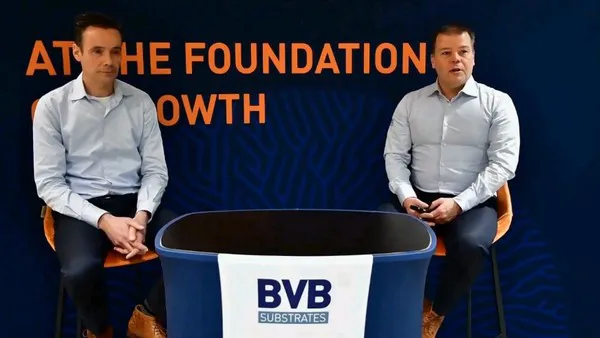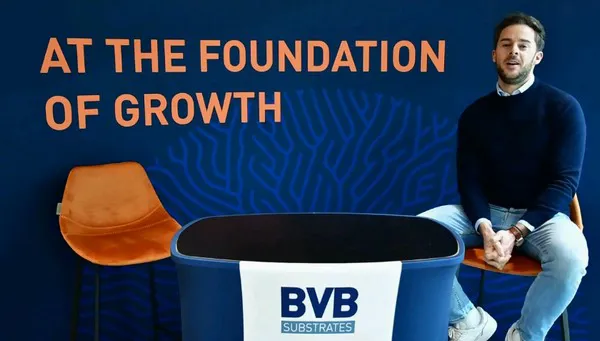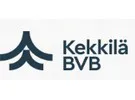The Grow'21 Festival came to an end yesterday. This virtual event was organized by Kekkilä-BVB. It was three days in which the green industry came together online. The third and last day was all about sustainable cultivation in the future for professional growers. And how can growing mediums for future food production be guaranteed to increase the population? These and many more questions were answered. The changes caused by climate change in food production, distribution and consumption were also discussed.

Bram van Bommel and Richard Bremmer
Famous faces came before the camera to tell their story, such as:
- The Future of the Horticultural Industry - Jussi Hiltunen, Partner, McKinsey
- The future of sustainable cultivation using the most modern data techniques - Peter Hendriks, CEO Hoogendoorn Growth Management
- Speaking of sustainability, Meiny Prins, CEO Priva
Peat (free) substrate
We spoke to Dennis Knelissen, Kekkilä-BVB. He hosted the presentation of Bram van Bommel and Richard Bremmer. Bram and Richard often provide the BVB Colleges. There will also be 3 webinars about strawberry cultivation with other experts.
This presentation was a sampling of the information shared in the lectures. The topic of this hour was "pH and fertilization".
Richard Bremmer: "Well... peat-free substrate. In recent years many studies have been conducted into the properties and results of the use of peat-free substrate. There is a lot of interest in this subject. We are now seeing things moving quickly because of Green Deals. This will certainly have an impact towards 2025. The professional substrate market will have to respond to this. It is nevertheless heading towards 50%. This topic will mainly play a role in Germany and the Netherlands. The rules will be tightened there. Moreover, we expect that the retail can and wants to distinguish itself in this."

Dennis Knelissen
The men see that it is also possible to respond to this. Peat-free substrate does have consequences. That deserves attention. The main differences are: pH change, physical properties, nutrition, plant resistance, stability, vulnerability, shelf life and application.
Peat-free substrate has a lower pH buffer than the substrates with peat. Incidentally, it is not always black and white; the choice can also fall on a peat-reduced substrate. Organic nutrition also influences the pH value. And vice versa.
The physical properties of peat affect the amount of readily available water. Peat-free substrate has a smaller water buffer than peat substrate. It is a question of finding a balance, because on the one hand, the plant can be better controlled by a smaller water buffer. And on the other hand, it must be ensured that the plant does not have to 'work' too hard, because that would limit growth.
The Grow'21 Festival has now ended. The presentations can be viewed afterwards. Each participant has received a link in the mailbox to listen to it again. In any case, the 30 experts from different organizations in the green industry have taken the opportunity to share knowledge. Both international and national: 20 webinars were organized locally. These local markets were the Netherlands, Finland, Sweden, Spain, Latin America and the US.
For more information:
Kekkilä-BVB
https://www.kekkila-bvb.com/growfestival/ 
